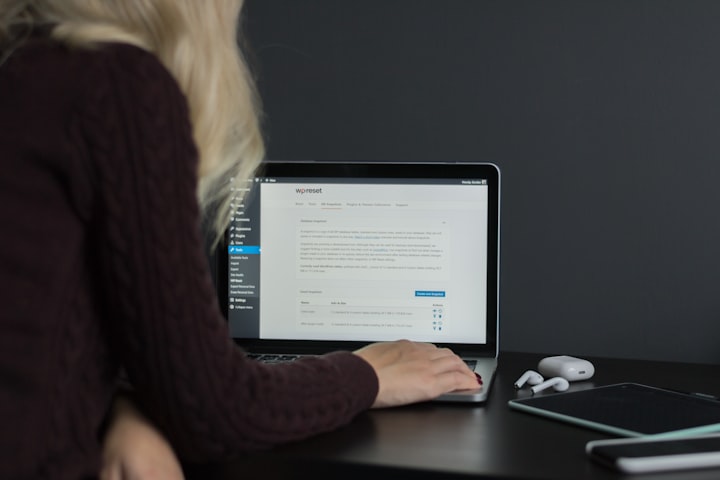How to increase efficiency with time tracking
With efficient time tracking software, like SAAS, incomplete lists and missing timesheets are a thing of the past.

With efficient time tracking software, like SAAS, incomplete lists and missing timesheets are a thing of the past. A digital solution is not only a good investment for the employer. Even for the employees or workers, it is easy to use - come, go or break. With these simple choices, SAAS fits even the most stressful workday.
Yet the new generation of time recording has much more to offer. Whereas in the past it was mainly a matter of recording the hours during which an employee worked, today a lot of additional information is important. If you can map how much time went into which tasks, you can easily allocate personnel costs and make them transparent.
However, it is not always easy to introduce a new system. Not only the technical challenges have to be mastered. Often, long-time employees in particular have to be picked up and integrated into the process before they accept the positive innovations. The following 4 tips will help simplify the start and get the new time tracking system up and running quickly and profitably.
Tip 1: Look for a benchmark
Obtaining information is the first important step towards greater efficiency with a new time recording system. The Chamber of Industry and Commerce, Chamber of Crafts or the industry association are available as useful sources.
Companies that are roughly the same size and have recently changed their working time model or time recording are also excellent contacts. Those responsible know what is important when the new software solution is to be integrated in-house.
Another option is to contact a vendor directly. Many of them can provide companies of a similar size as references. This takes away the fear that the changeover could lead to unexpected problems. In most cases, such providers not only sell software, but can also provide valuable tips on the integration phase and other topics.
Tip 2: Define the framework
Time tracking systems are very different from their predecessors, time clocks. Not only can they be used to record working hours. Attendance and access control can also be easily mapped in many systems. However, it is worth paying attention before buying.
Should only the working time be booked? Or do individual hours need to be booked flexibly to different projects? The answer to these questions can rule out many systems in advance.
Here it is worthwhile to collect the most important criteria and record them in a specification sheet. That way, nothing is forgotten.
Tip 3: Control projects
The item "General administrative work" is not very informative. However, many processes had to and still have to be booked under this rough umbrella term - especially when the assignment to projects is difficult.
With modern time recording, it is possible to simplify this process. The time spent on phone calls or letters can be booked by employees to the correct cost center with just a few mouse clicks. This contributes to a smooth and transparent workflow.
Precise control of individual projects can reveal problems in day-to-day business. If, for example, a lot of time is spent on servicing a customer who, however, only buys in small quantities once a year, it becomes clear that this approach is unprofitable. Such figures not only help in strategic business management, but also make it easier for managers and employees to make decisions on a daily basis.
Tip 4: Mobile time recording for additional control
Employees who work in the field often don't have a chance to record their times correctly. In this case, a mobile solution can help. By enabling employees to record their times correctly even on longer business trips or on assembly, the company has all the important data immediately at hand.
Here, too, the times can be specifically assigned to the individual projects or orders. This direct allocation to the respective cost center ensures far more transparency in the field and in the office than a handwritten time sheet.
It is important to convey that mobile solutions are not exclusively a means of control by the company. Rather, they are an efficient means of self-monitoring. After all, it is also important in field service to observe the statutory rest periods as well as the maximum working time and the minimum rest period. This safeguards the health of the employee and provides the company with legal protection.





Comments
There are no comments for this story
Be the first to respond and start the conversation.